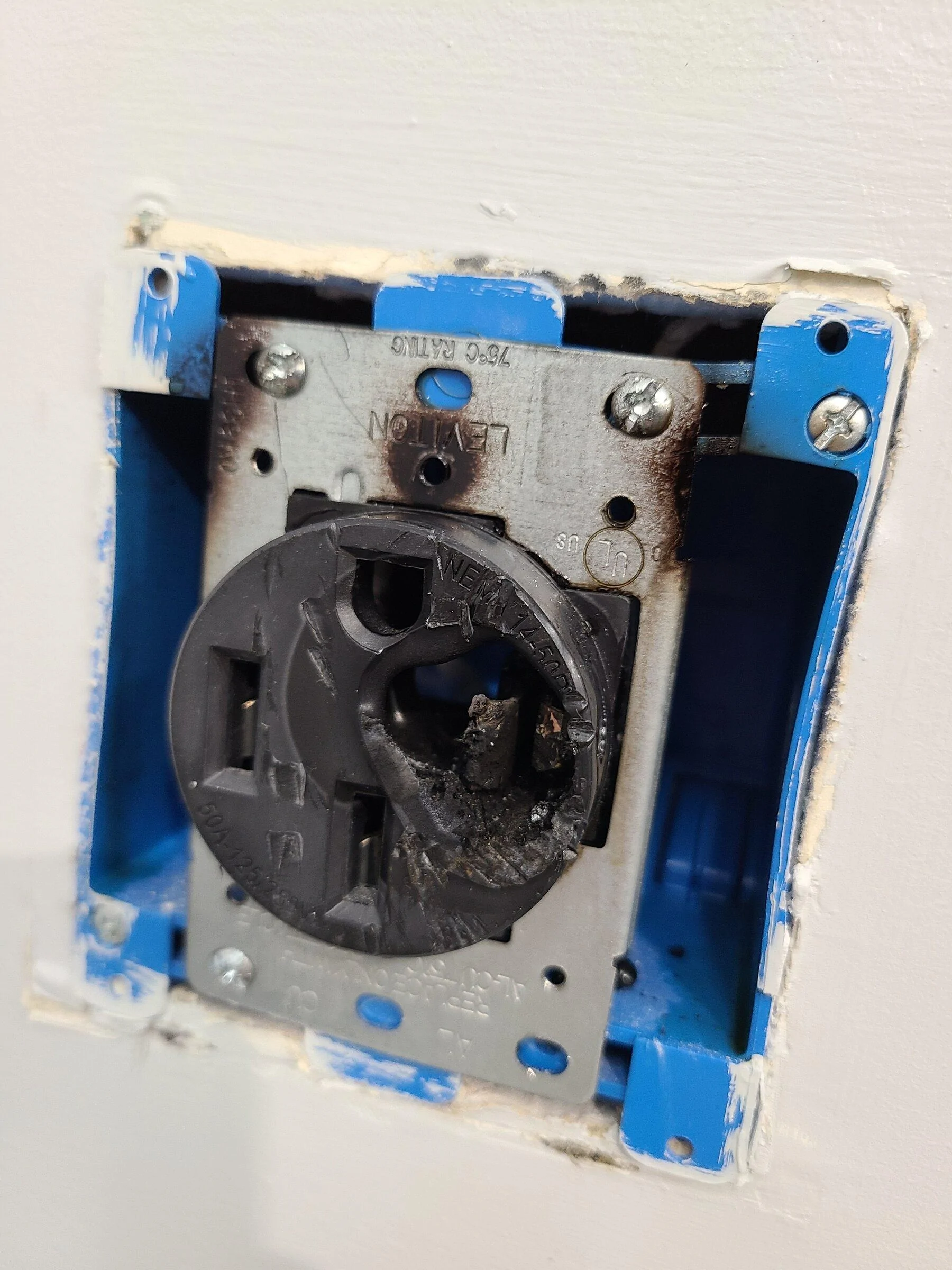Maquis
Well-known member
Yes - you would have to use the correct cord/plug and set the physical current limit to 24A.Dumb question. Could this plug into my dryer outlet in the garage,
Sponsored
Yes - you would have to use the correct cord/plug and set the physical current limit to 24A.Dumb question. Could this plug into my dryer outlet in the garage,
Considering your low daily mileage, dryer outlet would be perfect. And free, since it’s already there!Dumb question. Could this plug into my dryer outlet in the garage,
Except for continuous loads like EV charging. Then the code says you need to derate the circuit by 20%. So max safe amps is 40A on a 14-50, 24A on a 14-30, 16A on a 6-20, etc.As for whether you 'cannot' use 50amp of power from a NEMA 14-50 outlet, that is debunked - FOR SURE you can - that's exactly what it's designed and WIRED for.

It's not pure balony when considering safe long term operation of a circuit. Breaker will carry it continuously but it is not allowed by NEC unless breaker is explicitly 100% rated (the UL listing describes the 80% rating of standard breakers, no need to print it where you see it if you just follow the NEC rules). NEC concern is heating.that's pure balony - the breaker is designed to protect the circuit wiring, regardless of whether one might consider 'continuous' loads, or not, whatever that even means. The 'code' is referring to other devices/appliance or draws that might be on the same circuit - these EVSE are on dedicated circuits. I've used NEMA 14-50 outlets for many years, especially in the RVing world. The breaker trips when it senses too much heat, like it's supposed to. It has no reason to trip, otherwise. The 6/4awg wiring can easily carry even more than 50amp, whether continuous or not.
But, go overboard and do what you will, I've never had any issues with it, and won't in the future, either. If a breaker is not designed for a continuous load, it won't say so.

You're generally right. But what will your insurance company say post-fire if they discover that you weren't to code? I don't want to take that chance.The 6/4awg wiring can easily carry even more than 50amp, whether continuous or not.
But, go overboard and do what you will, I've never had any issues with it, and won't in the future, either. If a breaker is not designed for a continuous load, it won't say so.
What about things that were to code in 1960 when a house was built, but certainly not there currently?You're generally right. But what will your insurance company say post-fire if they discover that you weren't to code? I don't want to take that chance.
It is true that 6/4 can carry more than 50A. It'll carry a few hundred amps while it warms the room quite nicely. #6 wire fusing current is just over 650A. I've seen enough burned panels, receptacles, equipment, etc., to know that continuous current requires well-maintained infrastructure.
I make the recommendation that people follow the code to 1) be safe, and 2) protect their investments. I have talked to several people whose post-fire insurance investigations turned up items that weren't kosher, and as a result they had to fight or even settle for less than their loss.